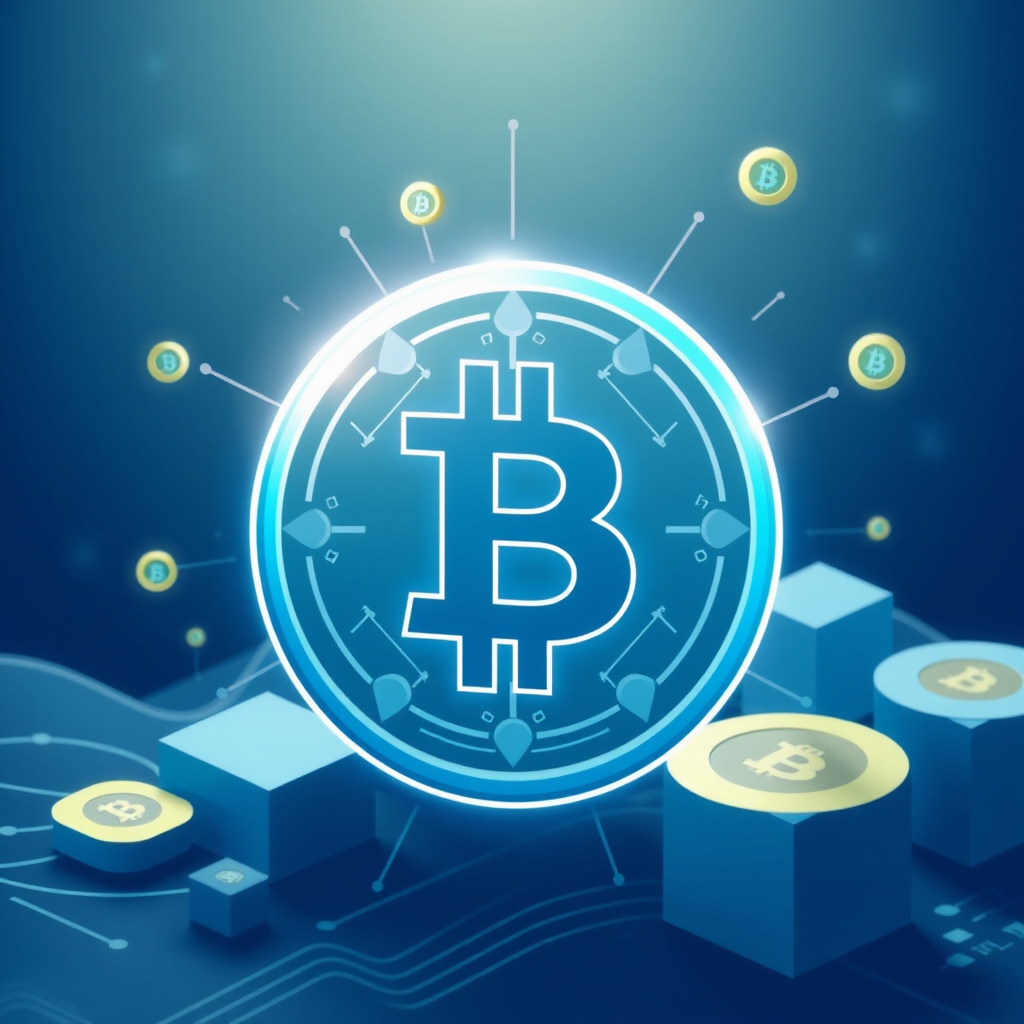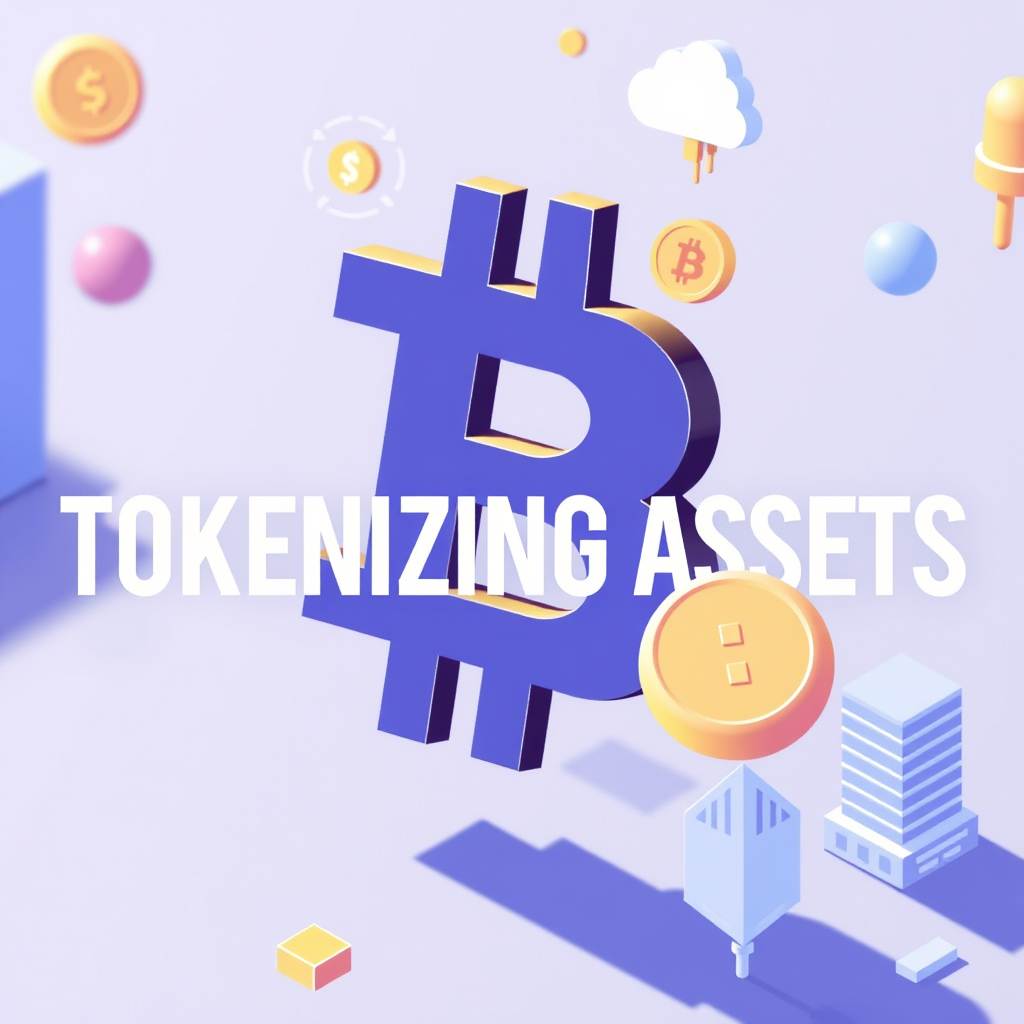Asset tokenization refers to the process of converting ownership rights of a physical asset, such as real estate, art, or stocks, into a digital token on a blockchain. This innovative concept within the finance sector offers numerous potential benefits, including increased liquidity, reduced transaction costs, and greater accessibility to a broader range of investors. However, tokenizing assets is not without its challenges. The primary appeal of asset tokenization lies in its ability to fractionalize assets, allowing investors to own a portion of a high-value item that they might not otherwise afford. This democratization of investment can drive market participation and enhance financial inclusion. Additionally, blockchain technology ensures transparency and immutability, providing a secure and efficient method of recording asset ownership. Despite these advantages, the journey to widespread adoption is fraught with obstacles. Understanding and overcoming these hurdles is crucial for the successful implementation of asset tokenization. The next sections will delve into some of the key issues that need to be addressed to fully realize the potential of this transformative concept in finance.
Regulatory hurdles

Regulatory frameworks vary significantly across jurisdictions, creating a complex landscape for tokenizing assets. In the finance sector, compliance with existing laws such as anti-money laundering (AML) and know-your-customer (KYC) requirements poses significant challenges. Each jurisdiction may interpret the classification of tokens differently, categorizing them as securities, commodities, or otherwise, which affects how they are regulated. This lack of uniformity can inhibit cross-border transactions and deter potential investors, unsure of the legal repercussions.
Moreover, navigating the regulatory environments requires significant legal expertise and can incur substantial costs, further complicating the process. The dynamic nature of technology in blockchain and digital finance often outpaces the development of regulatory standards, leaving stakeholders in a state of uncertainty. Companies looking to tokenize assets must stay abreast of evolving legislative changes and ensure constant compliance to avoid fines and legal action.
Additionally, regulatory bodies might have reservations about tokenized assets due to concerns around investor protection and market integrity. They emphasize the necessity for clear guidelines that address fraud prevention and financial stability. Resolving these issues demands a concerted effort from both industry participants and regulators to create transparent and adaptable frameworks that facilitate innovation while protecting all stakeholders involved in the financial ecosystem.
Technical complexities
Implementing asset tokenization involves navigating a series of technical complexities that can pose significant challenges to stakeholders. At the heart of these complexities is the integration of blockchain technology, which serves as the foundational infrastructure for tokenizing assets. This technology must ensure that token issuance, transfers, and redemptions are executed with precision and security. Developing scalable and efficient blockchain solutions to handle potentially large volumes of transactions is critical. However, issues related to throughput, latency, and blockchain governance can impede this process.
Smart contracts play a pivotal role in automating processes within asset tokenization. These programmable, self-executing contracts must be carefully coded to prevent vulnerabilities that could be exploited by malicious actors. Ensuring that smart contracts perform correctly under all conditions necessitates rigorous testing and review. Additionally, the interoperability between different blockchain platforms presents another layer of complexity, as compatibility issues can hinder seamless asset exchanges and transfers across systems.
Data management and privacy concerns add further technical hurdles. Asset tokenization requires secure mechanisms for managing sensitive information, ensuring compliance with data protection regulations such as the General Data Protection Regulation (GDPR). The challenge here is balancing transparency, which is a hallmark of blockchain technology, with the need to protect investor privacy. Architecting solutions that preserve data integrity without compromising confidentiality is essential for maintaining trust among participants.
Moreover, the lack of industry standards for token representation and protocols introduces additional challenges in tokenizing assets. Uniform standards are necessary to create interoperability and to foster greater adoption in finance. Without them, each implementation can differ, resulting in fragmentation that complicates integration efforts between disparate systems. Overcoming these technical barriers requires collaboration among industry participants to establish standardized protocols that ensure consistency and foster innovation.
Market acceptance and adoption

One of the primary challenges in achieving market acceptance and adoption of tokenizing assets lies in the current state of understanding and trust toward digital tokens within the finance industry and among potential investors. Traditional investors may feel hesitant to shift their portfolios toward tokenized assets due to unfamiliarity with blockchain technology and concerns about volatility and market stability. Building trust requires a directed effort to educate stakeholders on the technology’s inherent benefits, such as increased liquidity, transparency, and reduced transaction costs. Organizations must engage in proactive outreach to demonstrate how tokenization can be securely integrated into existing financial systems without disrupting established operations.
The potential for tokenizing assets to democratize access to investments depends significantly on engaging a broader range of participants. This includes attracting both institutional and retail investors who have been historically excluded from certain high-value markets. As with any financial innovation, the network effect plays a critical role; the more participants in a tokenized environment, the greater its appeal and functionality. Market infrastructure that supports ease of use, such as user-friendly trading platforms and robust custodial solutions, will be essential in simplifying the investor experience and reducing technical barriers to entry.
Overcoming skepticism involves addressing the reputational challenges blockchain-related ventures have faced, particularly those associated with earlier projects marked by failure or fraud. Ensuring credibility in tokenizing assets means adhering to rigorous compliance standards and transparency in operations. Clear and consistent communication strategies that highlight successful case studies and positive outcomes can help shift perceptions and build confidence among potential investors. Initiatives that foster collaboration and dialogue between traditional financial entities and emerging blockchain companies can also facilitate mutual learning and trust building.
Driving widespread adoption will require strong partnerships between technology providers and established financial institutions. These partnerships can leverage existing networks and client bases to transition more seamlessly toward an asset tokenization model. By aligning with well-known financial brands, blockchain enterprises can gain access to new markets and achieve broader acceptance. As adoption increases and tokenization becomes mainstream, continuous feedback and iterative improvements will ensure these solutions remain relevant and effective in a changing market landscape.
Security and risk management

One of the most significant challenges in tokenizing assets pertains to effectively managing security and risk. The integration of blockchain technology into the finance sector introduces unique vulnerabilities that must be rigorously addressed to safeguard both issuers and investors. Ensuring the security of the blockchain network itself is paramount, as any breach can lead to substantial financial loss and erosion of trust among market participants. To mitigate these risks, robust cybersecurity measures, including encryption and multi-signature authorization protocols, are vital in protecting digital assets against unauthorized access and potential cyberattacks.
Moreover, the integrity of the smart contracts that underpin the tokenization process is crucial. Smart contracts must be thoroughly audited by experts to identify and rectify any vulnerabilities before deployment. Even minor errors in their coding can lead to disastrous consequences, including financial losses and legal challenges. Continuous monitoring and updating of these contracts in response to evolving threats are necessary to maintain a secure environment for transactions.
Counteracting fraud is another critical facet of risk management in the context of tokenizing assets. Ensuring the authenticity and legitimacy of both the assets being tokenized and the tokens themselves is essential. This requires implementing rigorous verification processes and maintaining transparency throughout the lifecycle of the asset—from token issuance to ultimate redemption or sale. Establishing trusted third-party audits and reporting mechanisms can help instill confidence among stakeholders by validating transactions and asset valuations.
The volatile nature of digital tokens presents additional challenges in the realm of risk management. Price fluctuations can pose significant risks not only to investors seeking stable returns but also to the collateralization processes in decentralized finance systems. Developing strategies to hedge against such volatility, possibly involving sophisticated financial instruments, is an ongoing necessity for risk mitigation. A comprehensive approach to risk management will also necessitate contingency planning to quickly address any incidents that arise, preserving both market stability and investor faith.
Furthermore, ensuring compliance with regulatory standards and aligning with best practices in the industry are indispensable components of a secure tokenization framework. Stakeholders must maintain an awareness of evolving legal requirements and adapt swiftly to regulatory changes, which can vary significantly across jurisdictions. Collaborating with legal and regulatory experts ensures that tokenized securities align with both local and international laws.
Ultimately, the success of asset tokenization in the finance sector depends on a demonstrable commitment to robust security and effective risk management practices. Each stakeholder must play an active role in the formulation and execution of such strategies, reinforcing the stability and credibility of tokenized financial products. By proactively addressing these challenges, the industry can foster a more reliable and resilient ecosystem for the broader adoption of tokenized assets.






